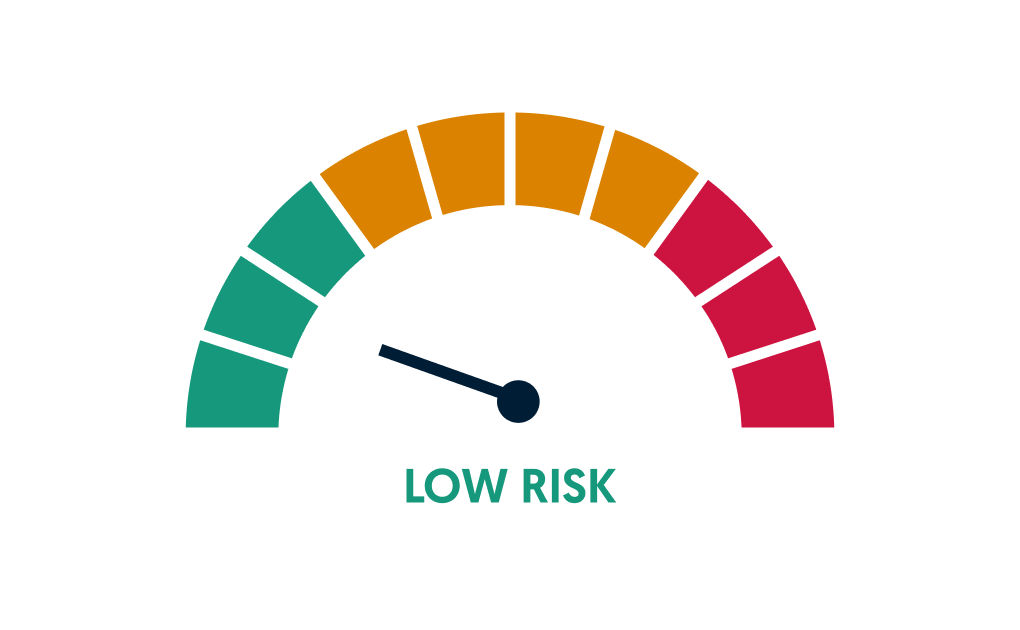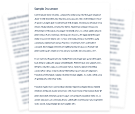Credit Card Authorisation Form
The Credit Card Authorisation Form is a document that allows a cardholder to give another entity authority to charge a specified amount on the cardholder's card.
4.6 (33 reviews)
Last updated October 24, 2025
Under 5 minutes
Suitable for Australia
Written by Edwin Montoya Zorrilla
Reviewed by Damin Murdock
Document Overview
A Credit Card Authorisation Form should be used when your customers want to pay for products or services by credit card.
Once you send this to a customer, they will fill out their personal and credit card details whilst giving authorisation for you to withdraw the specified funds from their account. This form protects both yourself and your customer in providing a record that both parties consent to the transaction that’s about to take place.
What Are Credit Card Authorisation Forms?
A credit card authorisation form, also called a credit card consent form or credit card authority form, is a formal document that permits you to charge a customer’s credit card so that you can securely process your credit card payments in the customer’s absence or without the physical presence of the customer’s credit card and avoid the risk of chargeback claims.
A chargeback occurs when a credit cardholder disputes a charge to their credit card by alleging that they never engaged in the transaction or for any other reason. When a chargeback claim is made, the credit card issuer (bank) may reverse the charge and return the money to the cardholder’s account.
Suffering repeated chargeback issues could cripple your business in the long term. But with a credit card authorisation form, you can successfully dispute such claims and prove that the customer consented to the transaction and your charge, thereby increasing your chances of getting your money back.
The Legal Risk Score of a Credit Card Authorisation Form Template
Our legal team have marked this document as low risk considering:
- The form is commonplace and does not produce additional obligations.
- The form is simple to sign.

Credit Card Authorisation Form Checklist
Complete your free Credit Card Authorisation Form with our checklist
Get the client to sign the document
This document only requires the client's signature.
Keep the document readily available
It is an important reference to ensure that financial institutions uphold payments.
When Should Businesses Use Credit Card Authorisation Forms?
This form is essential for your business if you do any of the following;
You Provide Products or Services to Customers for a Fee and They Pay by Credit Card
If you provide services to customers in advance, or your services require a recurring subscription, having a credit card authorisation form clarifies the customer’s payment method, so you don’t have to make constant requests for it.
You might also use this form as authority to reserve the funds in a customer’s card so they can be processed later.
You Do Not Have an EFTPOS or Other Credit Card Terminal
Credit card authorisation forms are primarily associated with transactions where both parties do not meet physically, or the customer’s card is not physically present at the time of the transaction. But it could also be relevant for those who run physical stores or offices but do not have an EFTPOS (Electronic funds transfer at point of sale) device or any other credit card terminal to process credit payments on the spot. In such instances, instead of losing the customer, have them complete a credit card authorisation form so you can process the payment later.
Your Business Does Not Operate in a Retail Store
Sometimes, online shoppers experience buyer’s remorse after a few days. But instead of going through the formal return process for the goods they purchase, they may initiate a chargeback claim, hoping to get their money back.
If you run an e-commerce store or any other type of business online, you’ll need a credit card authorisation form to protect your business from such customers and their fraudulent chargeback claims.
You Want to Have a Clear Record That Customers Consent to Transactions
A signed credit authorisation form proves that your customer consented to the transaction. As stated earlier, this type of proof is crucial to fight fraudulent chargeback claims that could affect your business finances and reputation.
What does the Credit Card Authorisation Form cover?
A Credit Card Authority Form allows a business to debit a customer and includes:
- Collection of personal information;
- Use of personal information;
- Disclosure of personal information to merchant service;
- Collection of funds from the customer’s account; and
- Transfer into the business’s account.
Other names for a Credit Card Authorisation Form include:
- Credit Card Authority.
- Credit Card Consent Form.
Other documents you may need:
View Sample Credit Card Authorisation Form
It's never been so easy
Sign-up to a free Lawpath account
Get started and we'll take care of you. It's that easy.
Browse our 500+ legal documents
Browse our 500+ legal documents to find the perfect match to cover your business needs. We've got Compliance, Employment, Service agreements and more.
Collaborate with e-Sign and Sharing
Having access to your legal documents has never been easier. You can request e-signature, share the document and download for an efficient collaboration.
Create unlimited legal documents and eSignatures for only $39/month.
Upgrade to a Lawpath legal plan to boost your new business.


Here's what people say about Lawpath's Credit Card Authorisation Form
Reviews are managed by BazaarVoice and comply with the BazaarVoice Authenticity Policy. Reviews are independently verified by BazaarVoice and detail our customers' real experiences.
0 reviews
Most Recent
Highest to Lowest Rating
Lowest to Highest Rating

